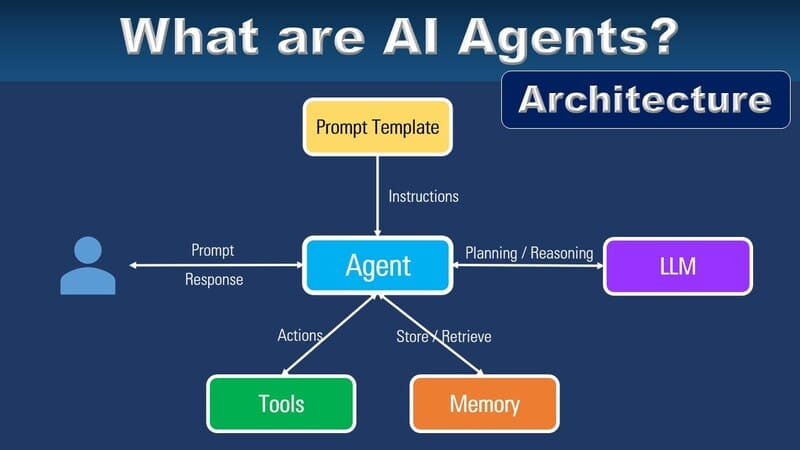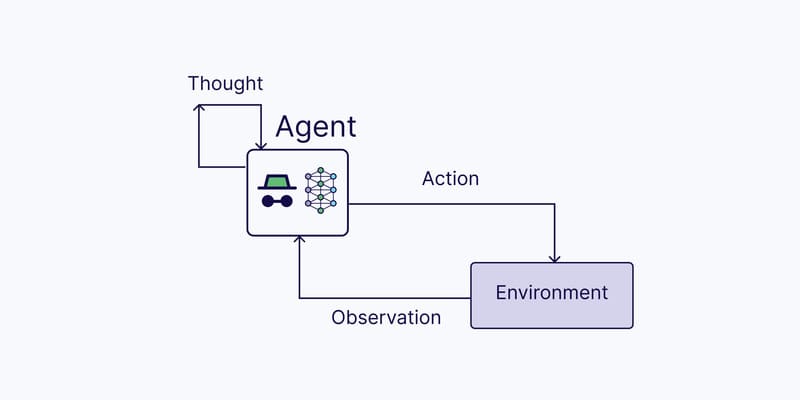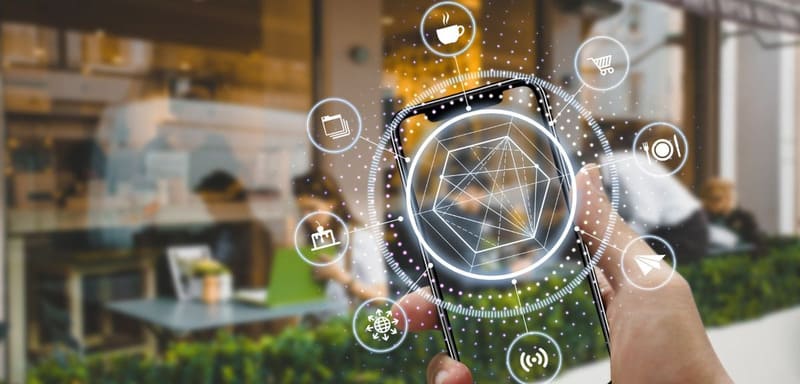Liveness Detection is an advanced technology designed to verify a user’s liveliness, ensuring that biometric samples are collected from a real person physically present during the scan. This article by FPT.AI will provide insights into what Liveness Detection is and how it protects electronic Know Your Customer (eKYC) solutions and biometric systems from sophisticated forms of spoofing.
What is Liveness Detection?
Liveness Detection, also known as “Liveness Check”, is a technology that uses AI algorithms to verify that a biometric sample (such as a face, fingerprint, or iris) is captured from a living subject who is physically present during the scan, rather than from spoofing methods like printed images, videos, or 3D masks. This technology has become increasingly important in areas requiring fast and accurate verification, such as biometrics and electronic Know Your Customer (eKYC).
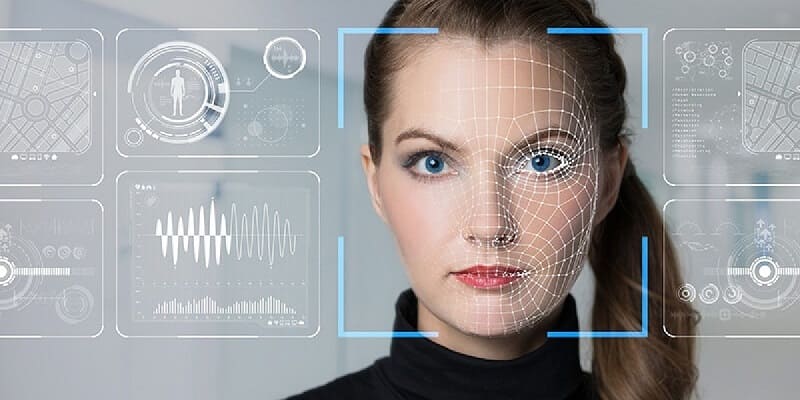
The term “Liveness Detection” can be indirectly attributed to the renowned British mathematician Alan Turing in 1950, when he described how computers could exhibit “human-like” behavior in the interactive scenario of the Turing Test. However, some sources suggest the concept was first mentioned by American information security expert Dorothy E. Denning in 2001. She argued that an effective biometric system must not only identify individuals but also detect signs of life in those subjects.
Today, Liveness Detection has advanced significantly due to the progress in artificial intelligence and biometric verification methods. The technology can be applied to various security measures, including facial recognition, fingerprint scanning, voice authentication, and iris detection. It helps organizations and businesses effectively prevent fraud and spoofing during customer identity verification processes.
>>> READ NOW: What Are AI Agents? The Difference Between AI Agents and AI Chatbots
Origins of Liveness Detection
The term “Liveness Detection” can be indirectly traced to British mathematician Alan Turing in 1950 when he described computers mimicking human behavior in the Turing Test. Alternatively, some sources credit American cybersecurity expert Dorothy E. Denning, who in 2001 emphasized the need for biometric systems to detect signs of life, ensuring not only recognition but also liveliness verification.
Today, advancements in artificial intelligence (AI) and biometric verification methods have significantly enhanced Liveness Detection. It is now applied to security features such as facial recognition, fingerprint scanning, voice authentication, and iris detection, helping organizations effectively combat fraud and identity spoofing.
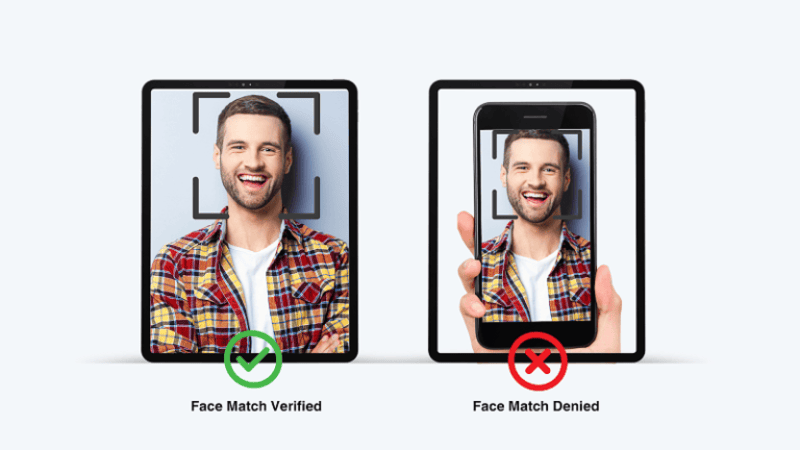
Key Technologies Behind Liveness Detection
Liveness Detection relies on advanced technologies to verify liveliness through biometric traits and natural body responses:
- Challenge & Response: Users are prompted to perform actions like blinking, turning their heads, or smiling to confirm their presence. This approach prevents static images or videos from fooling the system.
- Depth & Motion Perception: Using 3D recognition technology, the system checks the depth and motion of a user’s face to distinguish between real faces and 2D images. This creates a 3D facial map for more accurate recognition.
- Machine Learning & Artificial Intelligence: AI algorithms compare collected biometric samples with pre-registered data. They also adapt to natural changes in appearance, such as hairstyle, glasses, or facial hair.
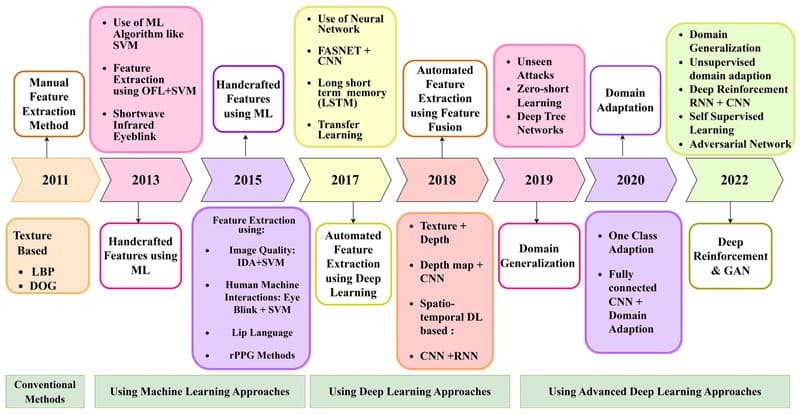
How Liveness Detection Works?
Liveness Detection works by analyzing unnatural facial characteristics, such as 2D paper images, paper masks, mannequins, as well as detecting silicone or rubber masks, artificial skin tones, moiré noise (a phenomenon occurring when overlapping patterns, like stripes or grids, create wavy or rippled patterns), or unnatural shadows in images. This technology can also identify artificial signals in voices or synthetic features in sounds.
To achieve this, artificial neural networks trained on hundreds of thousands of facial images in various contexts are used to detect distinctive artificial traits of fake images. A 2D or 3D facial map is generated, with 2D maps used for Passive Liveness checks and 3D maps employed for Active Liveness verification.
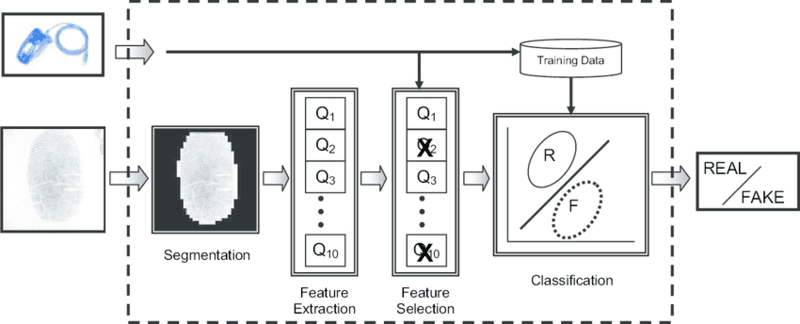
Active Liveness Detection vs Passive Liveness Detection
Active Liveness Detection and Passive Liveness Detection are two methods for verifying a user’s liveliness, differentiated by the level of user participation required. Below is a detailed comparison between these two methods:
| Criteria | Active Liveness Detection | Passive Liveness Detection |
| Definition | Requires users to perform a series of actions as instructed by the system to verify they are real. | Silently verifies liveliness during the authentication process without requiring user actions. |
| Operation Method | Users must perform tasks such as turning their heads, smiling, following a moving object on the screen, or reading a sequence of numbers. | The system uses AI techniques to analyze biometric features such as depth, light, and skin texture from a captured photo or video. |
| Advantages | High security as it requires user interaction, effectively preventing complex fraud like deepfakes. | Provides seamless and convenient user experience, requiring no user actions. |
| Disadvantages | Users need to perform multiple actions, which can be time-consuming and inconvenient. | More vulnerable to sophisticated spoofing, especially with devices that have low-quality cameras. |
| Practical Applications | Typically used for high-security services such as banking, finance, and sensitive technology applications. | Commonly used in applications that prioritize smooth user experiences, such as eKYC, e-commerce, and social media platforms. |
Hybrid Liveness Detection, a combination of both Active and Passive Liveness Detection, integrates the advantages of each approach. This method is flexible and convenient while maintaining high security, as it only requires users to perform additional actions if there is insufficient data to verify liveliness. Hybrid Liveness Detection is becoming increasingly popular in fields where balancing user experience and high security is essential, such as financial services and online identity verification.
Why Liveness Detection is Essential for eKYC and Biometrics?
As digital technology advances rapidly, financial institutions and businesses face increasingly sophisticated fraud schemes. The demand for reliable identity verification technology that ensures safety for both users and organizations has become critical.
Liveness Detection meets this need by offering high fraud prevention capabilities, blocking spoofing methods such as printed images, videos, or deepfakes. This technology ensures that users are genuinely interacting with the system, reducing the risk of fraud and protecting assets.
Integrating Liveness Detection into eKYC helps businesses automate online identity verification processes, minimizing the need for customers to visit offices in person while ensuring their presence during verification. Particularly in high-risk transactions, Liveness Detection provides a robust layer of security, shielding users from fraud and security breaches.
This technology is not just an added security measure but has become an indispensable component of modern eKYC and biometric authentication systems. It ensures reliability and safety while maintaining a seamless user experience.
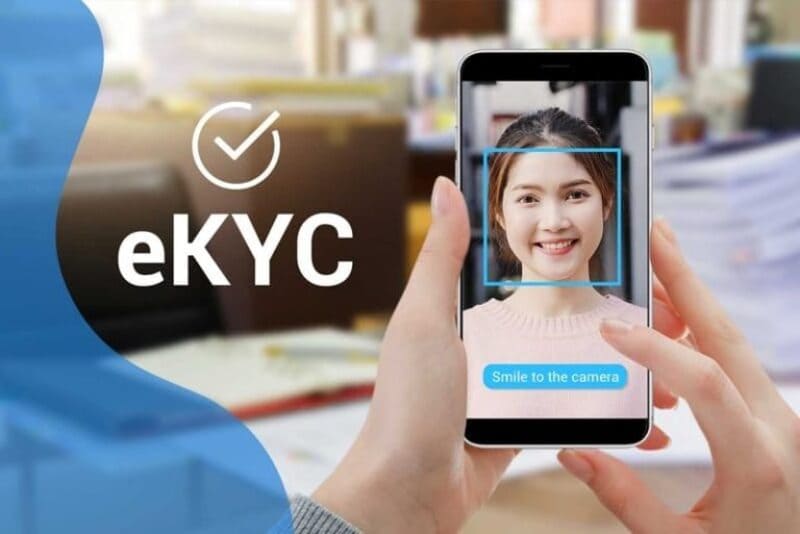
FPT.AI’s Integration of Liveness Detection in eKYC Solutions
FPT.AI incorporates Liveness Detection and deep learning algorithms into its FPT AI eKYC solution for user identity verification. Users perform simple actions such as blinking, smiling, or turning their heads, allowing the system to confirm liveliness while matching their face with pre-registered images via the FaceMatch API. This process takes only seconds, achieving over 95% accuracy with NVIDIA T4 GPU support.
FPT AI eKYC complies with international security standards, helping financial institutions adhere to risk management regulations. It is an ideal solution for high-risk financial services, offering robust security while streamlining digital service operations. Major banks like VPBank have successfully implemented this system, reducing operational costs and time while enhancing user experience by enabling customers to open accounts or conduct transactions online without visiting branches.
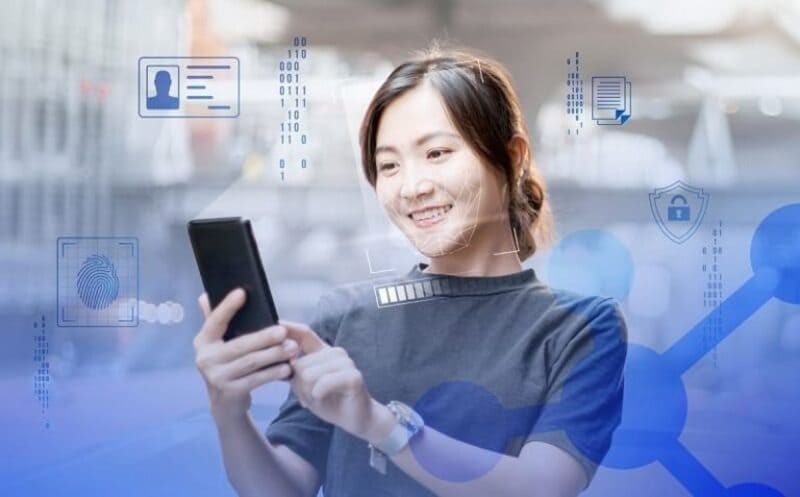
In the context of rapid digital growth and rising cybersecurity threats, Liveness Detection has become a vital element in electronic identity verification (eKYC) and biometric applications. With over 95% accuracy and robust security capabilities, FPT.AI’s Liveness Detection offers businesses in Vietnam an optimal tool for ensuring safe and reliable online transactions, improving operational efficiency, and attracting customers.
For more details, visit FPT.AI or contact us via hotline 1900 638 399 or email support@fpt.ai.








